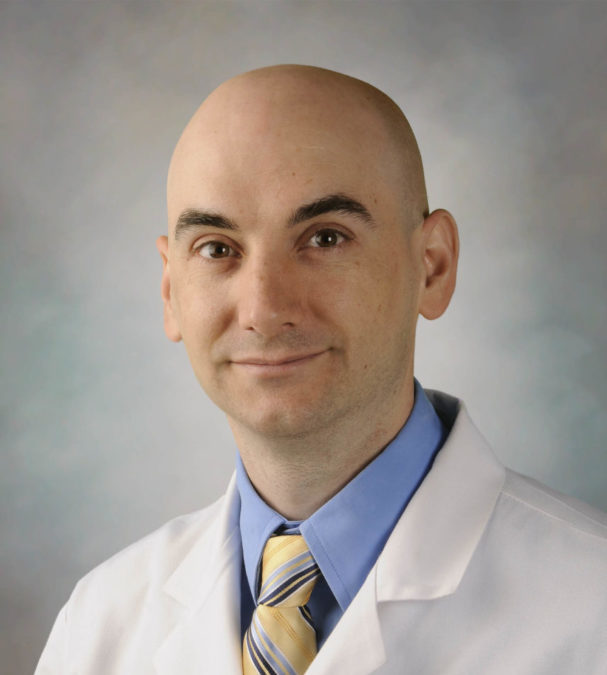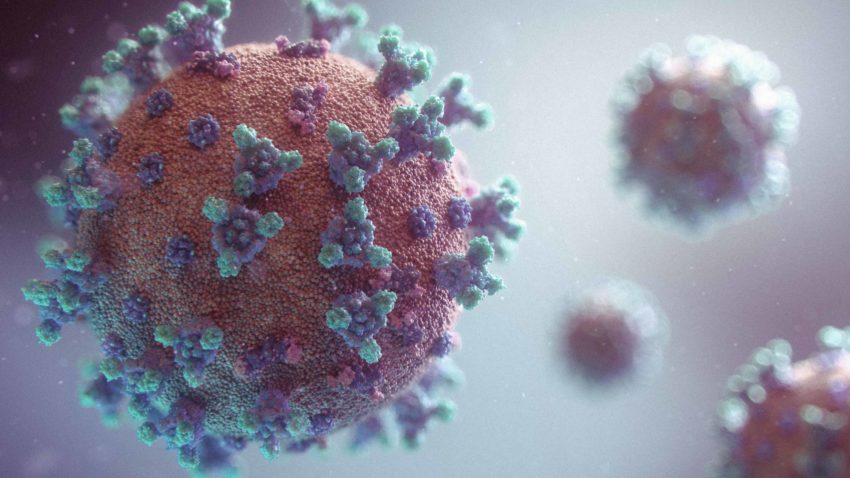“We Can Stop the Spread” public education series
Story by Jessica Binkley
Media contact: Will Sansom, 210-567-2579, sansom@uthscsa.edu
As the holidays approach, gatherings of families and friends seem inevitable. However, recent guidelines from the Centers for Disease Control and Prevention (CDC) outline possibilities for safely coming together this season.
“We expect to see an increase in cases after the holidays and we’re prepared for it,” said Anthony Hartzler, MD, associate professor of medicine and infectious disease specialist with UT Health San Antonio. “But we certainly don’t want to see the cases rise so dramatically that hospitals become full and resources get depleted. We know a wave is coming, but let’s hope it’s going to be a little wave and not a big wave.”

To mitigate the possibility of a “big wave,” the CDC provides a thorough list of recommendations, including seating guests by household, limiting the number of people serving and handling food, and using single-use items for food storage, eating and serving. But for Dr. Hartzler, the most important guideline comes down to the size of the gathering.
“The biggest takeaway is the fewer people you’re in contact with, the better,” Dr. Hartzler said. Bringing together just one or two households does not pose much risk, especially when other guidelines are followed. But for those wanting to bring together multiple households, “now you’re getting into a situation that sounds pretty risky,” he said.
Dr. Hartzler also stressed the importance of continuing to practice mask-wearing, hand hygiene and, even though it is difficult among families who may not have seen each other all year, maintaining physical distance throughout the gathering.
One suggestion to help with physical distancing is open-air dining.
“We usually have really nice weather here in San Antonio during Thanksgiving, so if people can take it outdoors and have tables that are spaced out and separated by households, that’s a great way to be around your family without taking much risk,” he said.
Choosing between seeing family or remaining isolated may be difficult for some, but, in the end, Dr. Hartzler said it comes down to deciding how much risk they’re willing to take.
“Household transmission is really common, so people have to remember it’s not just their own health, they may catch it and bring it back to somebody else in the household who is more vulnerable,” he said.
For those family members at particular risk, phone calls or virtual visits may be the safest option. However, by following CDC guidelines and finding smart ways to get together, there is no reason to remain completely isolated this holiday season, he said.
And there is reason to be optimistic.
“The end may be coming soon,” Dr. Hartzler said. “We can’t promise anything, but we think maybe in the next six months or so, we can have widespread availability of an effective vaccine. If we can just hold out for a few more months, things might be a lot more normal soon.”
For a complete list of ways to stay safe over the holidays, please refer to these guidelines:
The City of San Antonio’s COVID-19 website
This fall, keep up your resolve – and masks! – against COVID-19
# # #
The Long School of Medicine at The University of Texas Health Science Center at San Antonio is named for Texas philanthropists Joe R. and Teresa Lozano Long. The school is the largest educator of physicians in South Texas, many of whom remain in San Antonio and the region to practice medicine. The school teaches more than 900 students and trains 800 residents each year. As a beacon of multicultural sensitivity, the school annually exceeds the national medical school average of Hispanic students enrolled. The school’s clinical practice is the largest multidisciplinary medical group in South Texas with 850 physicians in more than 100 specialties. The school has a highly productive research enterprise where world leaders in Alzheimer’s disease, diabetes, cancer, aging, heart disease, kidney disease and many other fields are translating molecular discoveries into new therapies. The Long School of Medicine is home to a National Cancer Institute-designated cancer center known for prolific clinical trials and drug development programs, as well as a world-renowned center for aging and related diseases.
The University of Texas Health Science Center at San Antonio, also referred to as UT Health San Antonio, is one of the country’s leading health sciences universities and is designated as a Hispanic-Serving Institution by the U.S. Department of Education. With missions of teaching, research, patient care and community engagement, its schools of medicine, nursing, dentistry, health professions and graduate biomedical sciences have graduated more than 37,000 alumni who are leading change, advancing their fields, and renewing hope for patients and their families throughout South Texas and the world. To learn about the many ways “We make lives better®,” visit www.uthscsa.edu.
Stay connected with The University of Texas Health Science Center at San Antonio on Facebook, Twitter, LinkedIn, Instagram and YouTube.
To see how we are battling COVID-19, read inspiring stories on Impact.


